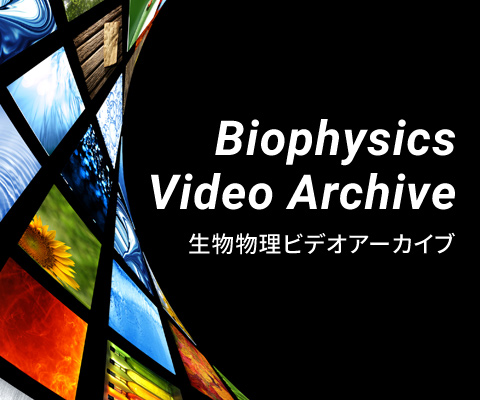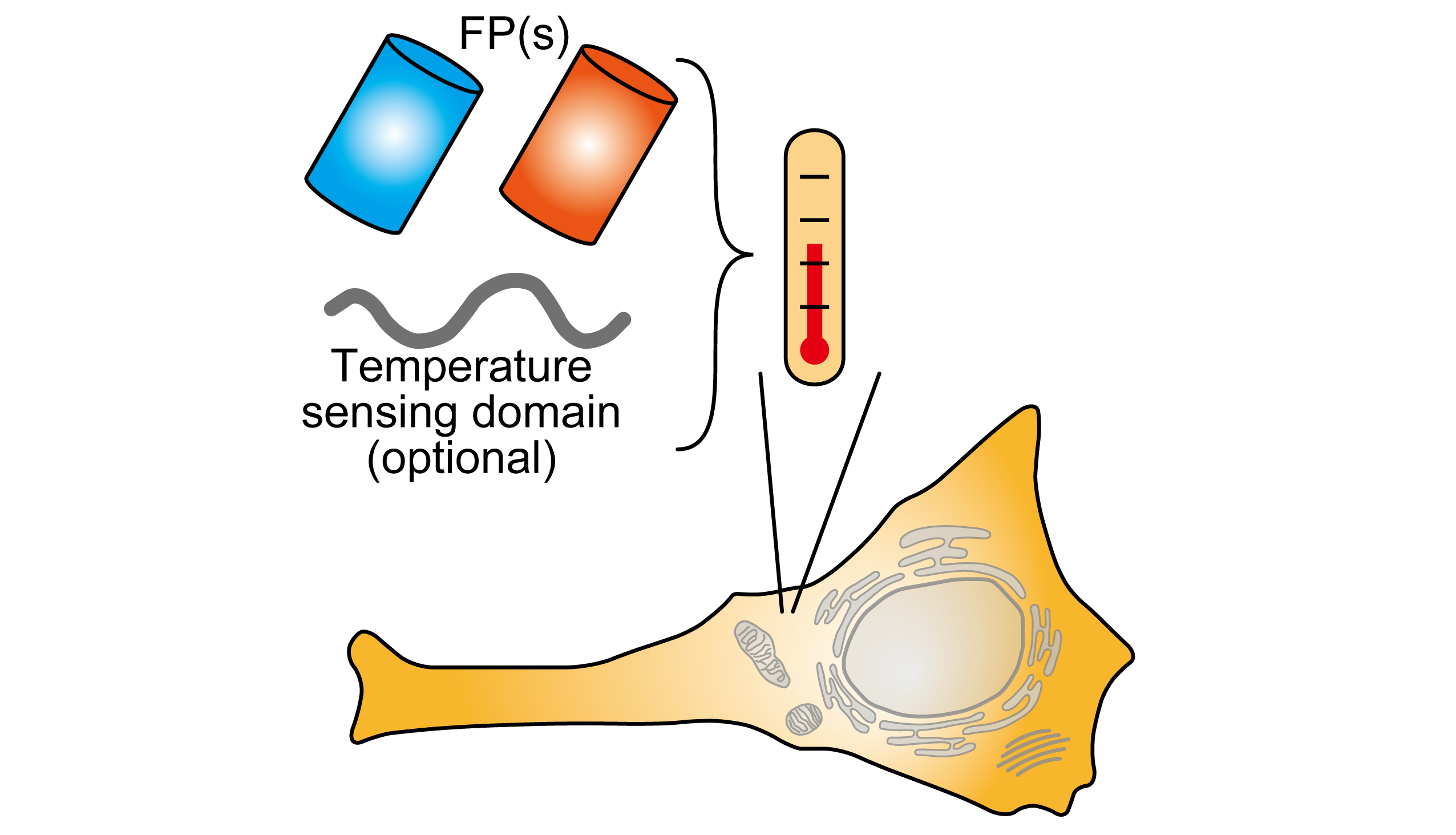1
"Genetically-encoded temperature indicators for thermal biology" by Tetsuichi Wazawa, Ryohei Ozaki-Noma, Lu Kai, Shun-ichi Fukushima, Tomoki Matsuda, Takeharu Nagai is published in BPPB as the J-STAGE Advance Publication.
2025 April 08 BPPB
A following article is published as the J-STAGE Advance Publication in "Biophysics and Physicobiology".
Tetsuichi Wazawa, Ryohei Ozaki-Noma, Lu Kai, Shun-ichi Fukushima, Tomoki Matsuda, Takeharu Nagai
"Genetically-encoded temperature indicators for thermal biology"
URL:https://doi.org/10.2142/biophysico.bppb-v22.0008
- Abstract
- Temperature crucially affects molecular processes in living organisms and thus it is one of the vital physical parameters for life. To investigate how temperature is biologically maintained and regulated and its biological impact on organisms, it is essential to measure the spatial distribution and/or temporal changes of temperature across different biological scales, from whole organism to subcellular structures. Fluorescent nanothermometers have been developed as probes for temperature measurement by fluorescence microscopy for applications in microscopic scales where macroscopic temperature sensors are inaccessible, such as embryos, tissues, cells, and organelles. Although fluorescent nanothermometers have been developed from various materials, fluorescent protein-based ones are especially of interest because they can be introduced into cells as the transgenes for expression with or without specific localization, making them suitable for less-invasive temperature observation in living biological samples. In this article, we review protein-based fluorescent nanothermometers also known as genetically-encoded temperature indicators (GETIs), covering most published GETIs, for developers, users, and researchers in thermal biology as well as interested readers. We provide overviews of the temperature sensing mechanisms and measurement methods of these protein-based fluorescent nanothermometers. We then outline key information for GETI development, focusing on unique protein engineering techniques and building blocks distinct to GETIs, unlike other fluorescent nanothermometers. Furthermore, we propose several standards for the characterization of GETIs. Additionally, we explore various issues and offer perspectives in the field of thermal biology.





